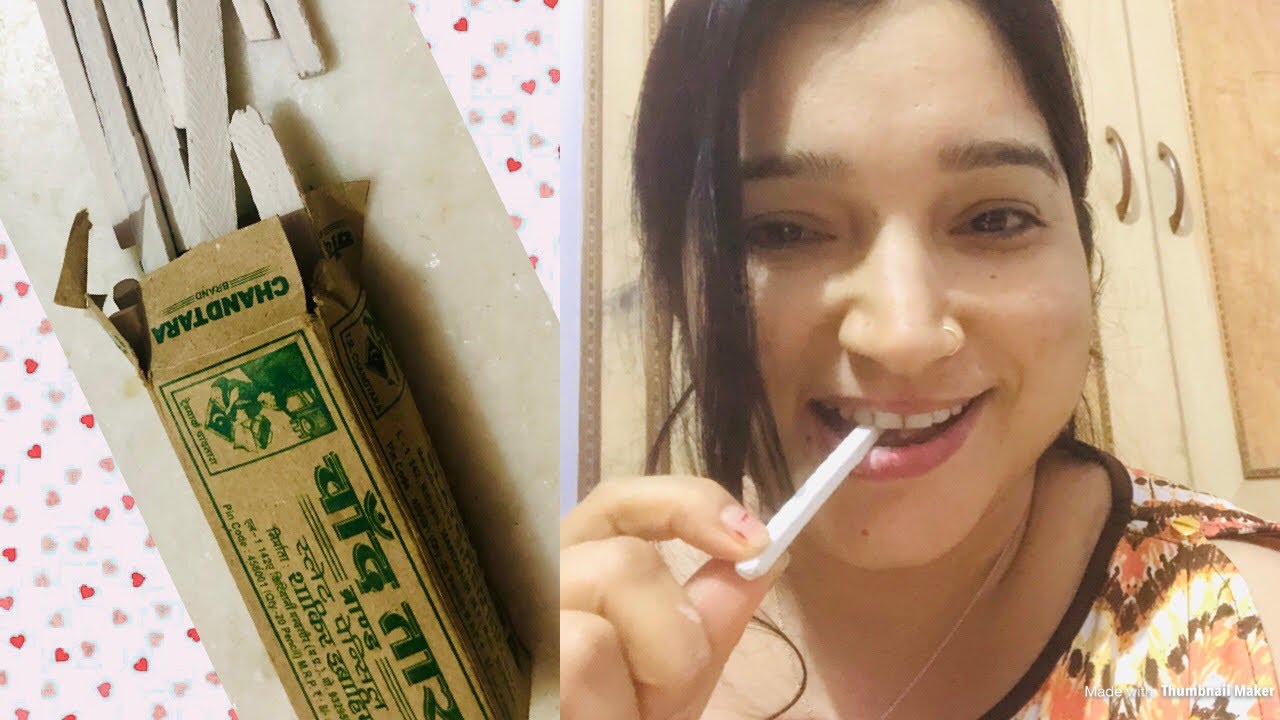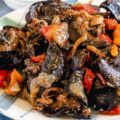Slate pencils are writing tools traditionally made from a material called slate. Slate is a fine-grained rock that can be easily split into thin sheets or slabs. These slabs were shaped into pencil-like forms to create writing instruments.
In the past, slate pencils were commonly used for writing on slate tablets, which were flat, rigid surfaces used as portable writing boards. Slate tablets were widely used in classrooms before the advent of paper and blackboards.
Slate pencils have a unique texture that allows them to write on slate surfaces without smudging or smearing. They produce distinct, visible marks on the slate, which can be easily erased using a cloth or sponge. This made slate pencils suitable for educational purposes and for practicing handwriting.
However, with the introduction of modern writing materials like paper and whiteboards, the use of slate pencils has significantly declined. Today, they are mainly used as novelty items or for artistic purposes rather than for practical writing applications.
What Ingredients Are Slate Pencils Made of?
The ingredients of slate pencils vary depending on the manufacturer and the specific composition of the pencil. However, traditionally made slate pencils are primarily composed of two main components:
Slate: The core of the pencil is made from a type of slate, which is a fine-grained rock. Slate is rich in minerals such as clay, quartz, mica, and various trace elements. The exact composition of the slate may vary depending on the region where it is sourced.
Binder: To hold the slate particles together and give the pencil its shape, a binder material is used. Common binders include clay, kaolin (a type of clay), or a mixture of clay and other additives. The binder helps in forming a solid core and providing a smooth texture for writing.
It’s important to note that slate pencils are not intended for consumption, and they are not considered food products. Therefore, they are not subject to the same regulations as edible items, and their ingredients may not be specifically listed or disclosed by manufacturers. If you come across slate pencils, it’s advisable to use them for their intended purpose (writing or drawing) and avoid ingesting them.
Why do People Eat Slate Pencils?
The act of eating non-food items like slate pencils, also known as pica, is considered an unusual behavior and is generally not considered safe or healthy. While it may be difficult to understand why some individuals engage in this behavior, there are a few possible reasons that have been suggested:
- Nutritional deficiencies: In some cases, individuals may have certain nutrient deficiencies, such as iron or zinc, which can lead to unusual cravings for non-food items. These cravings are thought to be the body’s attempt to obtain the missing nutrients, although consuming slate pencils has no benefits and it is not an effective or safe way to address these deficiencies.
- Sensory satisfaction: Some people may find satisfaction or sensory stimulation from the taste, texture, or sensation of eating non-food items like slate pencils. This behavior can become a habit or a form of self-soothing, similar to other oral fixation behaviors.
- Psychological factors: Pica can also be associated with underlying psychological or emotional factors. It may be a manifestation of stress, anxiety, or other psychological conditions. In some cases, it may serve as a coping mechanism or a way to gain attention.
It’s important to note that consuming non-food items like slate pencils can pose serious health risks. These items are not meant to be ingested and may contain harmful substances or chemicals. Ingesting non-food items can lead to digestive issues, dental problems, intestinal blockages, and other complications.
Minerals such as clay, quartz, and mica commonly found in n slate pencils are not typically consumed for their nutritional benefits. While these minerals may have certain industrial or geological applications, they do not provide significant nutritional value to the human body when ingested.
It’s important to note that clay is sometimes consumed in certain cultural practices or alternative medicine traditions, but its consumption for nutritional purposes is not scientifically supported. Ingesting these minerals can actually be harmful as they may contain impurities or contaminants that can have adverse effects on health.
If you or someone you know has a tendency to eat non-food items, it is essential to seek medical advice and consult with a healthcare professional or a specialist who can help address the underlying causes and provide appropriate treatment or support.
Side Effects of Eating Slate Pencils
Eating slate pencils or any non-food items can have several potential side effects and health risks. While there are no specific diseases that are exclusively caused by eating slate pencils, the ingestion of non-food items can contribute to health conditions. Some of the possible consequences of ingesting slate pencils include:
- Digestive issues: Slate pencils are not meant to be consumed, and their ingestion can lead to digestive problems such as stomachaches, nausea, vomiting, and constipation. These issues can occur due to the indigestible nature of the pencil material or the presence of chemicals or additives in the pencils.
- Dental problems: Chewing or biting on hard substances like slate pencils can damage the teeth, leading to tooth fractures, chipping, or enamel erosion. These dental issues can cause pain, sensitivity, and may require dental intervention to address.
- Intestinal blockages: Ingesting non-food items can potentially result in intestinal blockages, especially if the pencil fragments or accumulates in the digestive tract. This condition can be serious and may require medical intervention, such as surgery, to remove the obstruction.
- Toxicity: Slate pencils may contain substances or additives that are not intended for consumption. These materials can be toxic and harmful to the body when ingested. The specific risks depend on the composition of the pencils and can vary between different manufacturers.
- Infections: Chewing on non-food items can introduce bacteria or other pathogens into the mouth and gastrointestinal tract, increasing the risk of infections or oral health issues.
It’s crucial to emphasize that eating slate pencils or any non-food items is not safe or recommended. If you or someone you know has ingested slate pencils or engages in pica behavior, it is important to seek medical attention promptly to assess any potential health risks and receive appropriate treatment.
Are there edible slate pencils?
No, there are no edible slate pencils available on the market. Slate pencils, traditionally made from slate rock and binders, are not intended for consumption. They are writing instruments and are not designed to be ingested.
Eating slate pencils has no benefits and can pose serious health risks. These items may contain harmful substances or chemicals that can be toxic or indigestible. Ingesting non-food items can lead to various complications, including digestive issues, dental problems, intestinal blockages, and potential toxicity.
If you have a desire to consume something similar to slate pencils for sensory or novelty purposes, it is recommended to explore safe and edible alternatives specifically designed for consumption, such as edible art supplies or food-grade writing instruments. Always ensure that any materials you consume are specifically labeled as safe for consumption.





